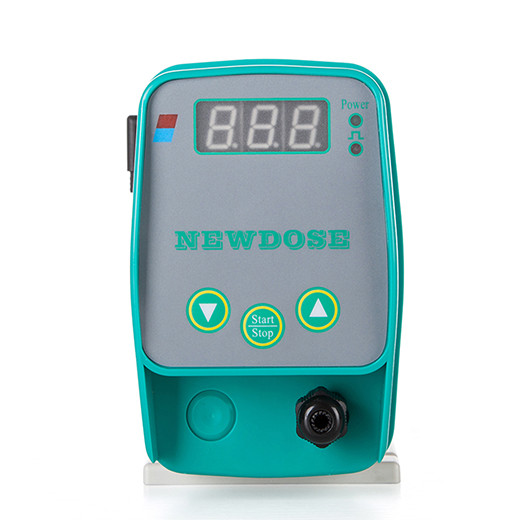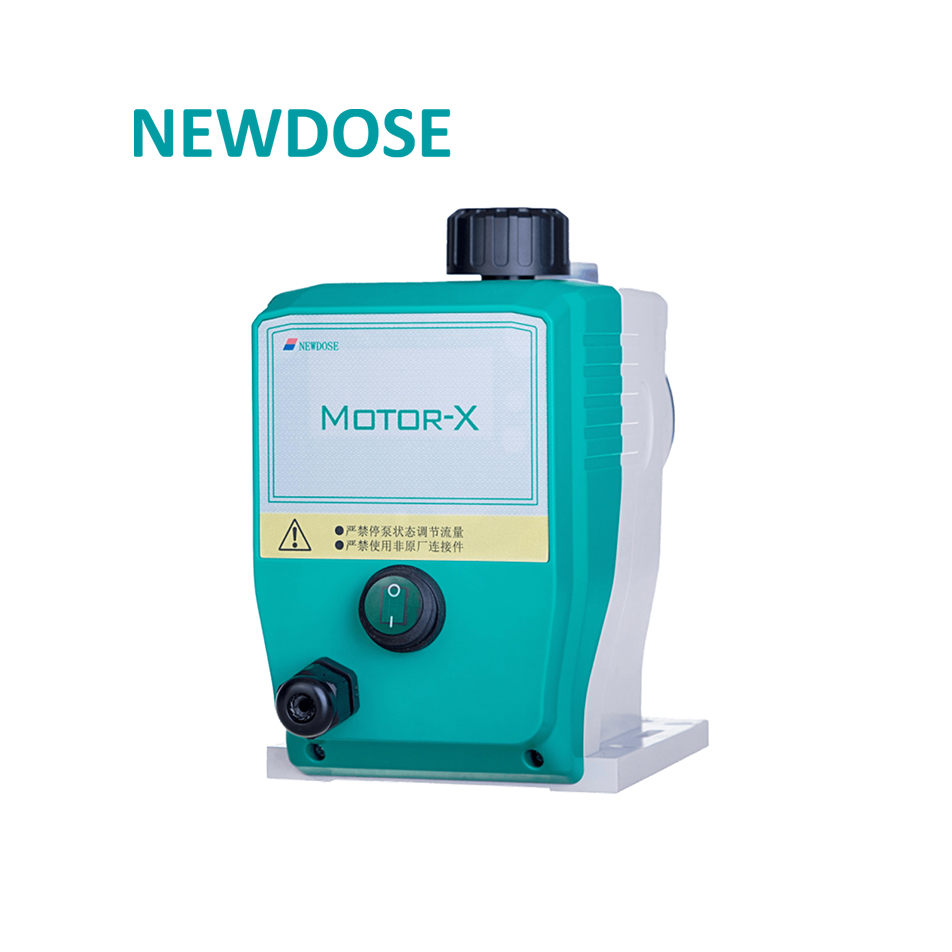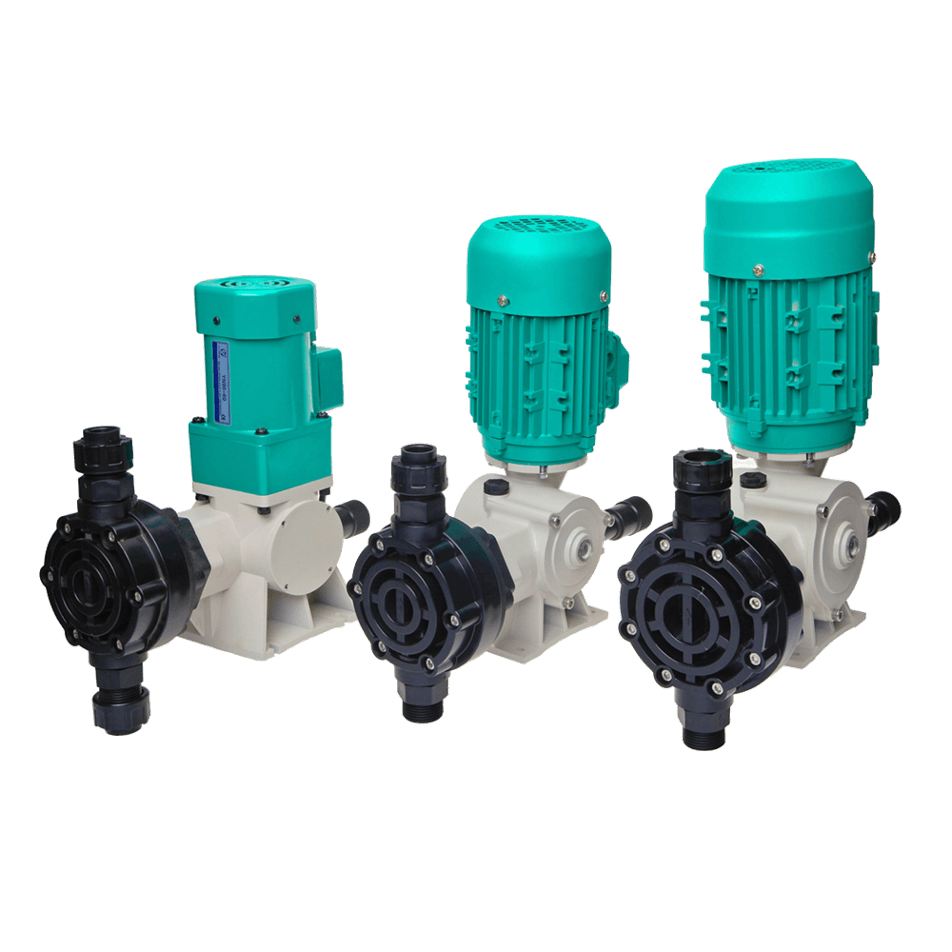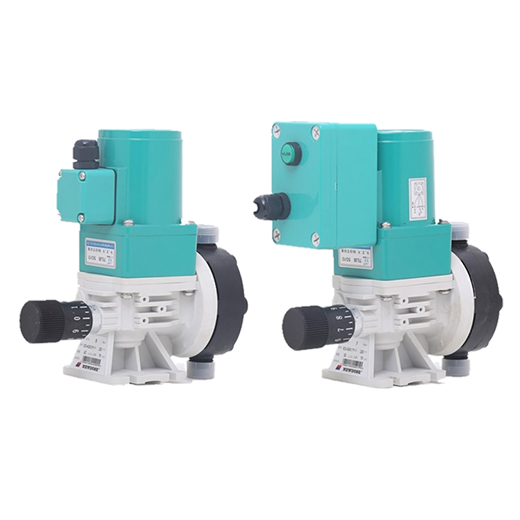Diaphragm pump is a special form of positive displacement pump. It relies on the agitation of a diaphragm to change the volume of the working chamber to suck and discharge liquid.
1. Components of pneumatic diaphragm pump
Pneumatic diaphragm pump consists of transmission part and diaphragm cylinder head. The transmission part is the driving mechanism that drives the diaphragm to agitate. Its transmission forms include mechanical transmission, hydraulic transmission and pneumatic transmission. Among them, hydraulic transmission is widely used. The working part of diaphragm pump is mainly composed of crank connecting rod mechanism, plunger, hydraulic cylinder, diaphragm, pump body, suction valve and discharge valve, etc. The driving mechanism composed of crank connecting rod, plunger and hydraulic cylinder is very similar to reciprocating piston pump.
When the diaphragm pump works, the crank-connecting rod mechanism drives the plunger to reciprocate under the drive of the motor. The movement of the plunger is transmitted to the diaphragm through the working liquid (usually oil) in the hydraulic cylinder, so that the diaphragm is agitated back and forth.
2. The working principle of pneumatic diaphragm pump
The cylinder head of pneumatic diaphragm pump is mainly composed of a diaphragm to separate the conveyed liquid from the working liquid. When the diaphragm moves to one side of the transmission mechanism, the pump cylinder sucks the liquid under negative pressure while working, and when the diaphragm moves to the other side, it discharges the liquid. The conveyed liquid is separated from the working liquid by the diaphragm in the pump cylinder, and only contacts with the pump cylinder, suction valve, discharge valve and one side of the diaphragm in the pump. But it does not contact with the plunger and sealing device, which makes the plunger and other important parts work completely in the oil medium and in good working condition.
Diaphragm should have good flexibility and corrosion resistance, so it is usually made of PTFE, rubber and other materials. The pot-bottom-shaped parts with meshes on both sides of the diaphragm are set to prevent excessive deformation of the diaphragm locally, which is commonly called diaphragm limiter. Pneumatic diaphragm pump has good sealing performance, can easily achieve leak-free operation, and can be used to transport corrosive liquids such as acid, alkali, salt and high viscosity liquids.
3. The working process of diaphragm pump
In the two symmetrical working chambers of diaphragm pump, each is equipped with a diaphragm, which is connected into a whole by a central connecting rod. Compressed air enters the air distribution valve through the air inlet of the pump, and it is introduced into one of the chambers through the air distribution mechanism to push the diaphragm in the chamber to move, while the gas in the other chamber is discharged. Once the end of the stroke is reached, the air distribution mechanism automatically introduces compressed air into another working chamber to push the diaphragms to move in the opposite direction, so that the two diaphragms can continuously and synchronously reciprocate.
When the compressed air enters the air distribution valve, the diaphragm moves to the right, then the suction of the chamber causes the medium to flow in from the inlet, pushing the ball valve into the chamber, and then the ball valve is locked due to suction; The medium in the chamber is squeezed, and the ball valve is pushed open to flow out from the outlet. At the same time, the ball valve is locked and prevented from flowing, so that the medium is continuously sucked in from the inlet and discharged from the outlet.
 English
English  Español
Español  한국어
한국어  français
français  Deutsch
Deutsch  русский
русский  português
português  العربية
العربية  tiếng việt
tiếng việt  Türkçe
Türkçe  ไทย
ไทย 






